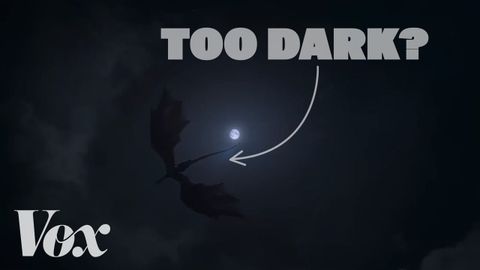電影畫面越變越暗,難道是視力老化的跡象?原來問題不在你身上!(It’s not you - movies are getting darker.)
 沒有此條件下的單字
沒有此條件下的單字US /ɪˈsenʃəli/
・
UK /ɪˈsenʃəli/
- adv.本質上 ; 本來 ; 實質上;本質上;實際上
- n. (c./u.)一籮(144個);總額,總量;毛重
- v.t.獲得...總收入(或毛利)
- adj.令人厭惡的;總計的;未扣除的;粗俗的;令人噁心的
- n. (c./u.)範本;典範;圖案;花樣;模式;方式;規律;紙樣
- v.t.仿造;用圖案裝飾
- v.t./i.翻轉 (身體);輕彈;啪地打開;翻轉;炒賣
- n.空翻;翻轉 (的動作);拋
- adj.輕率的
